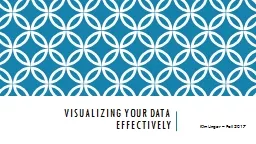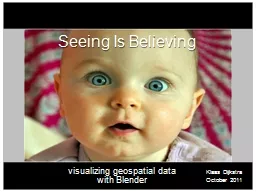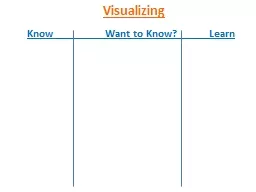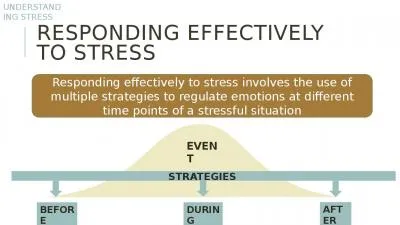PPT-Visualizing your data effectively
Author : min-jolicoeur | Published Date : 2018-10-05
Kim Unger Fall 2017 About me Senior Analytics Consultant DataBrains Former SSEF ISEF STS Finalist Science Fair Judge regional SSEF ISEF Data Visualization is my
Presentation Embed Code
Download Presentation
Download Presentation The PPT/PDF document "Visualizing your data effectively" is the property of its rightful owner. Permission is granted to download and print the materials on this website for personal, non-commercial use only, and to display it on your personal computer provided you do not modify the materials and that you retain all copyright notices contained in the materials. By downloading content from our website, you accept the terms of this agreement.
Visualizing your data effectively: Transcript
Download Rules Of Document
"Visualizing your data effectively"The content belongs to its owner. You may download and print it for personal use, without modification, and keep all copyright notices. By downloading, you agree to these terms.
Related Documents














